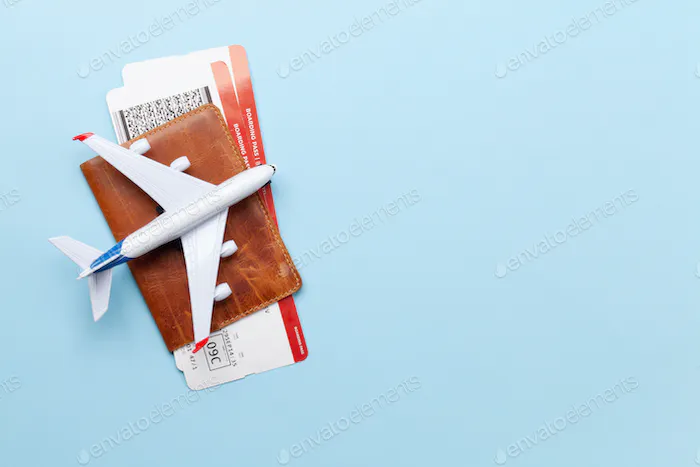Are your travel meal expenses 100% deductible? It depends! If you’re deducting the cost of meals that are required to be incurred outside of your regular business hours, they may be 100% deductible. However, if you’re preparing food from raw ingredients at home because you have no time during the day to go out, those costs are not deductible.
If a taxpayer is required to incur a meal expense for the “convenience of the employer,” that meal can be deducted at 100% of the cost, up to $51.00 per day.
If a taxpayer is required to incur a meal expense for the “convenience of the employer,” that meal can be deducted at 100% of the cost, up to $51.00 per day.
The convenience of the employer rule does not apply if an employee prepares a meal from scratch (i.e., he or she purchases ingredients and cooks it). In that case, only 50% of the cost can be deducted as an unreimbursed employee business expense (although this deduction may not apply if you have self-employment income).
If meals are incurred during travel status, they are also not required to be substantiated.

If you are traveling for business, any meals that you incur during travel status are 100% deductible. That means that you do not have to keep receipts, prove your business purpose or even show that the meal was consumed while traveling.
These meals include food or beverages consumed during periods immediately before or after working hours and reasonably associated with work duties performed at the work location.
“Travel meals” are those which occur in a variety of settings. They can be consumed during travel (when the employee is away from their principal place of business), at a location where work is performed, or at a business trip location.
As such, these meals include food and drink consumed during periods immediately before or after working hours and reasonably associated with work duties performed at the work location.
The amount of these expenses that are deductible is subject to a 50% limit.
The amount of these expenses that are deductible is subject to a 50% limit. This means you can deduct only 50% of the unreimbursed expenses for meals. The deduction is limited to 50% because the meal expense itself is fully deductible by IRS standards, but the cost of food and beverages is not included in “ordinary business expenses” as defined by IRS regulations. The following types of expenditures are not subject to this limitation:
- Meals required to be substantiated (you have receipts and can show they were used while traveling)
- Meals incurred during travel status
- Meals not incurred during travel status (if you don’t meet either condition above)
For example, you could deduct 100% of the daily meal costs incurred during an overnight business trip. Meals during the day were for business purposes, and those incurred during dinner were for personal reasons.
For example, you could deduct 100% of the daily meal costs incurred during an overnight business trip. Meals during the day were for business purposes, and those incurred during dinner were for personal reasons.
In this case, only 50% of meals are deductible because they’re subject to a 50% limit.
A travel expense deduction is generally limited to 50% of the cost of your meal unless it’s an “entertainment” expense (see below).
Sometimes meals are 100% deductible (e.g., travel meals) and sometimes not (e.g., meals prepared from scratch)
There are three main criteria that must be met in order for a meal to be 100% deductible:
- The meal must be required for the convenience of the employer. For example, if your company has a policy that all meals while traveling must be paid by your employer, then those meals would be 100% deductible.
- The meal must be incurred during travel status (i.e., you are away from home overnight).
- The meal must reasonably associated with work duties (i.e., you were working while consuming it).
The bottom line is that travel expenses are only 100% deductible if they meet one of the above criteria. If they don’t, then you can only deduct 50% of them as an unreimbursed employee expense or 30% as a non-itemized deduction.





0 Comments